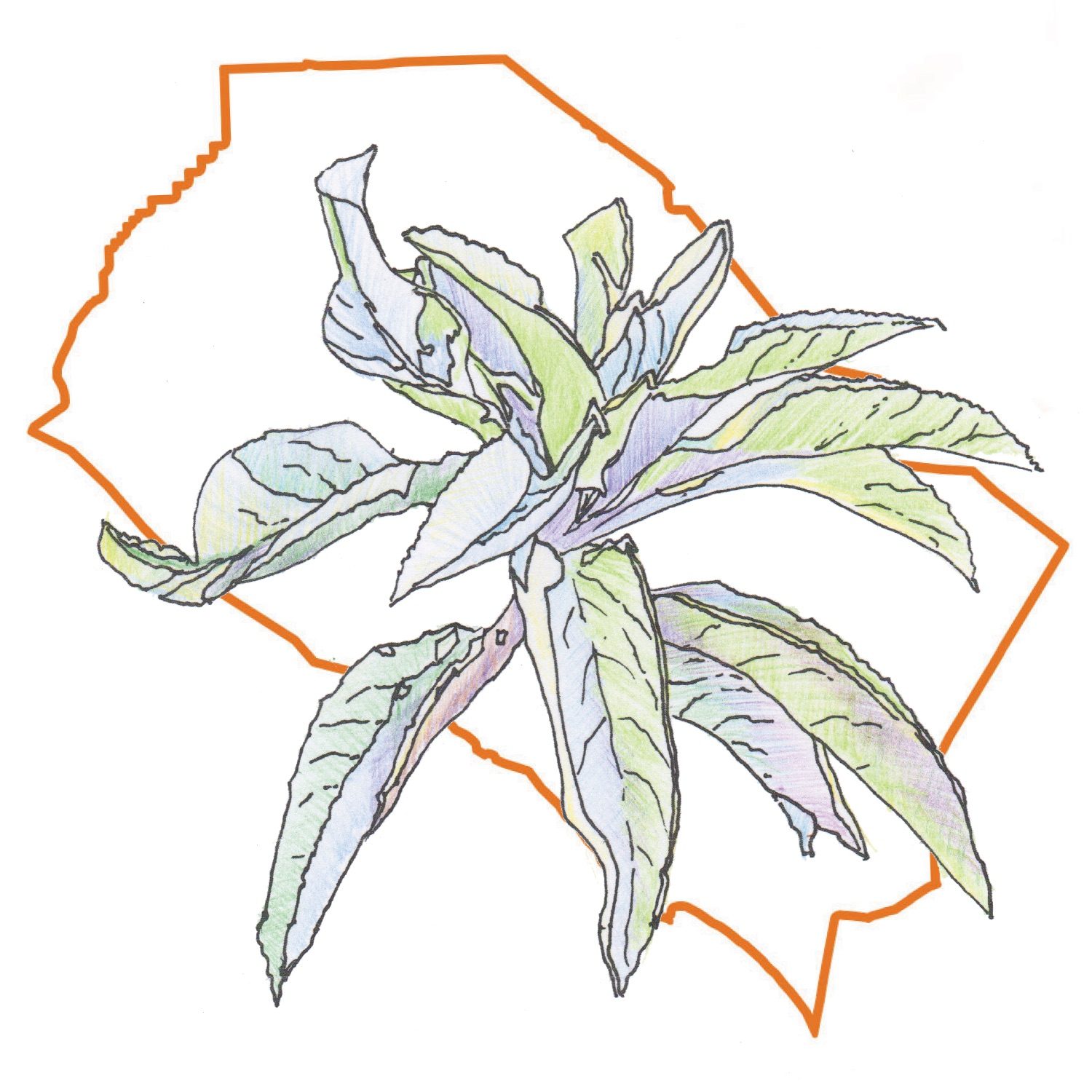Did you know that honey bees were imported from Europe and are not native to the United States?

In California, we have about 1,600 species of native bees, and 26 of these are bumble bees. The bumble bee is the largest and gentlest of all the known species of bees. The queen bumble bee hibernates in the winter, then emerges in the spring to collect nectar, rebuild her strength, and find a suitable nest location. Click on this link to learn more fascinating details about a year in the life of a bumble bee from the Xerces Society.
If you look closely at the vegetation in your garden or park space now, you might spot a bumble bee collecting pollen from the flowers. Bumble bees are particularly good at pollination. Their wings beat 130 times or more per second, according to the National Wildlife Federation, and the beating combined with their large bodies vibrates flowers until they release pollen, which is called buzz pollination. Buzz pollination helps plants produce more fruit.

When you see a bumble bee, snap a photo and share it with scientists. One of the best places to record your bumble bee sighting is iNaturalist. iNaturalist is a joint initiative of the California Academy of Sciences and the National Geographic Society. With iNaturalist “every observation can contribute to biodiversity science, from the rarest butterfly to the most common backyard weed.”
The Crotch’s bumble bee pictured above was verified by scientists after I imported the photo to iNaturalist. It is classified as endangered due to the impacts of pesticides, climate change, and human development.

Bumble bees need three things to thrive:
- Flowers on which to forage.
- A place to build their nest (abandoned rodent holes in the soil, leaf litter, and cavities in rock piles).
- A pesticide-free environment.

Let’s help our bumble bees so we can enjoy their fuzzy buzzing every spring. Now that we have been forced to slow down, we can spend some of our free time watching the secret lives of animals, and then upload our observations on iNaturalist. Maybe we can plant a native plant or two in our gardens, and see if we can help these creatures while we help ourselves.

Speaking of native plants, the Orange County Chapter of the California Native Plant Society (OCCNPS) is offering free California ‘Dana Point’ buckwheat plants (while supplies last) at Tree of Life Nursery and Roger’s Gardens. These two nurseries are operating carefully and have made some changes in light of COVID-19. Tree of Life Nursery has reduced their operating hours — check the web site before picking up your free buckwheat. Roger’s Gardens in Corona del Mar is also operating with protective measures in place.

After you pick up your buckwheat, send us an email at buckwheat@occnps.org. Let us know where you planted your new buckwheat and we can input the location on our Buckwheat iNaturalist map. Wishing you the best in these uncertain times. I hope you spot a bumble bee, and take some solace in your garden or local park space. Be well.

Leave a comment